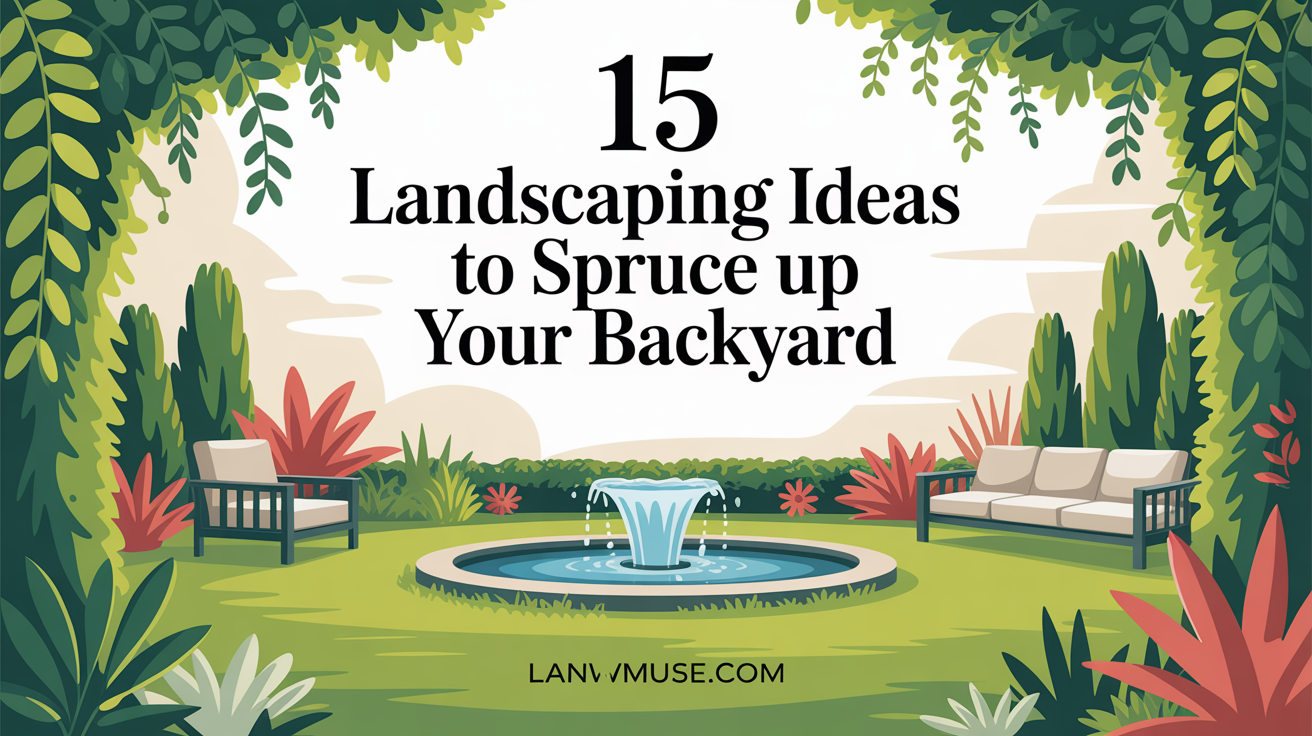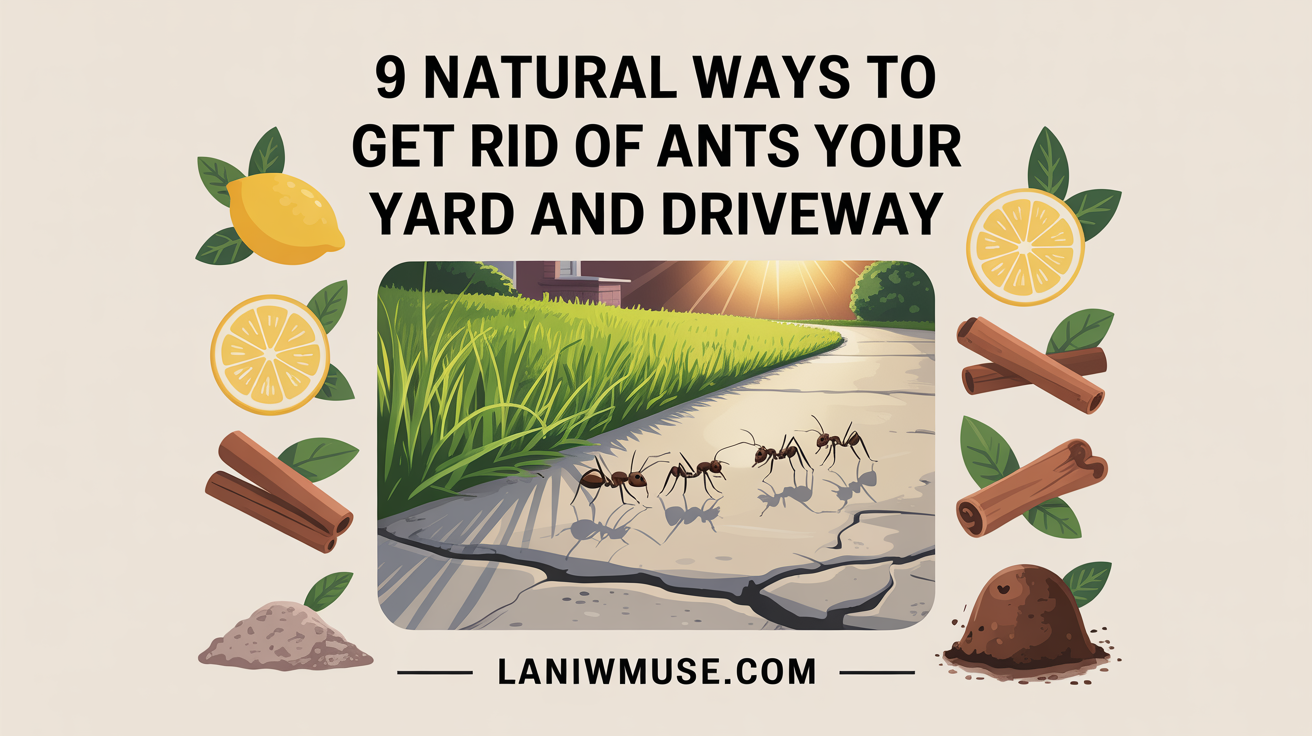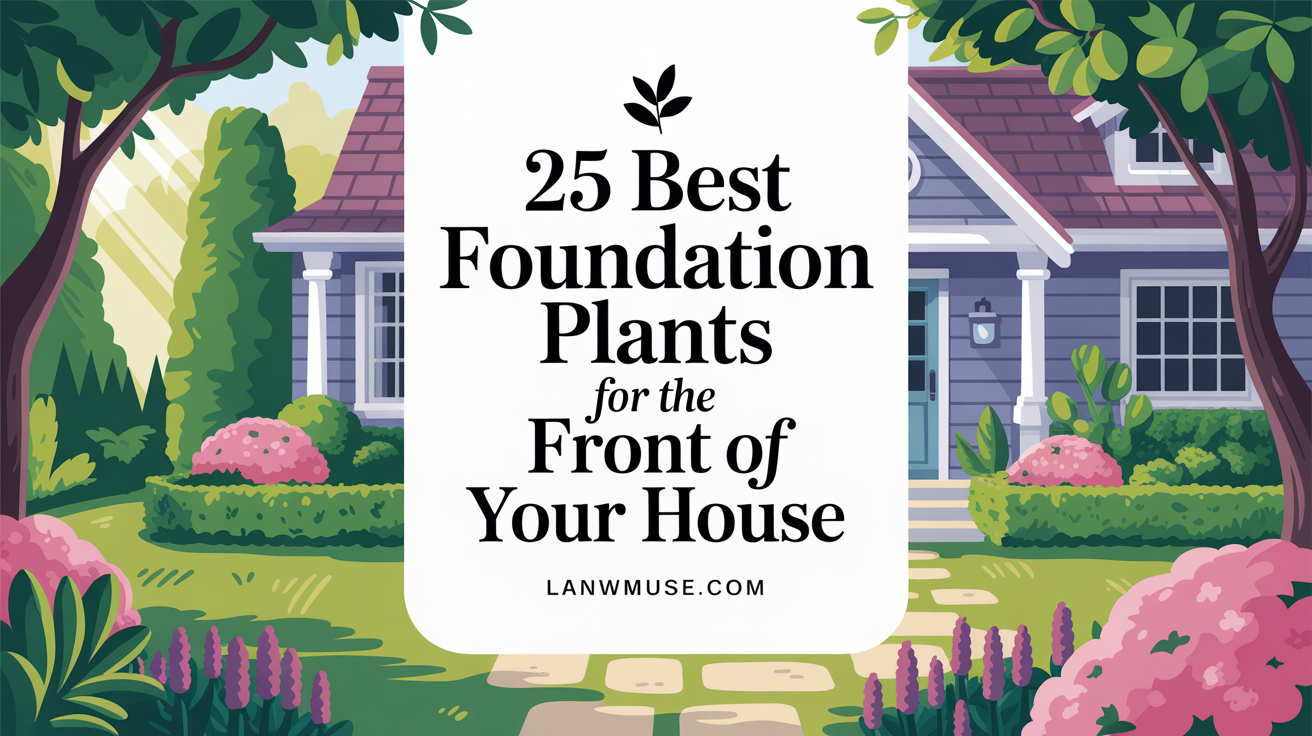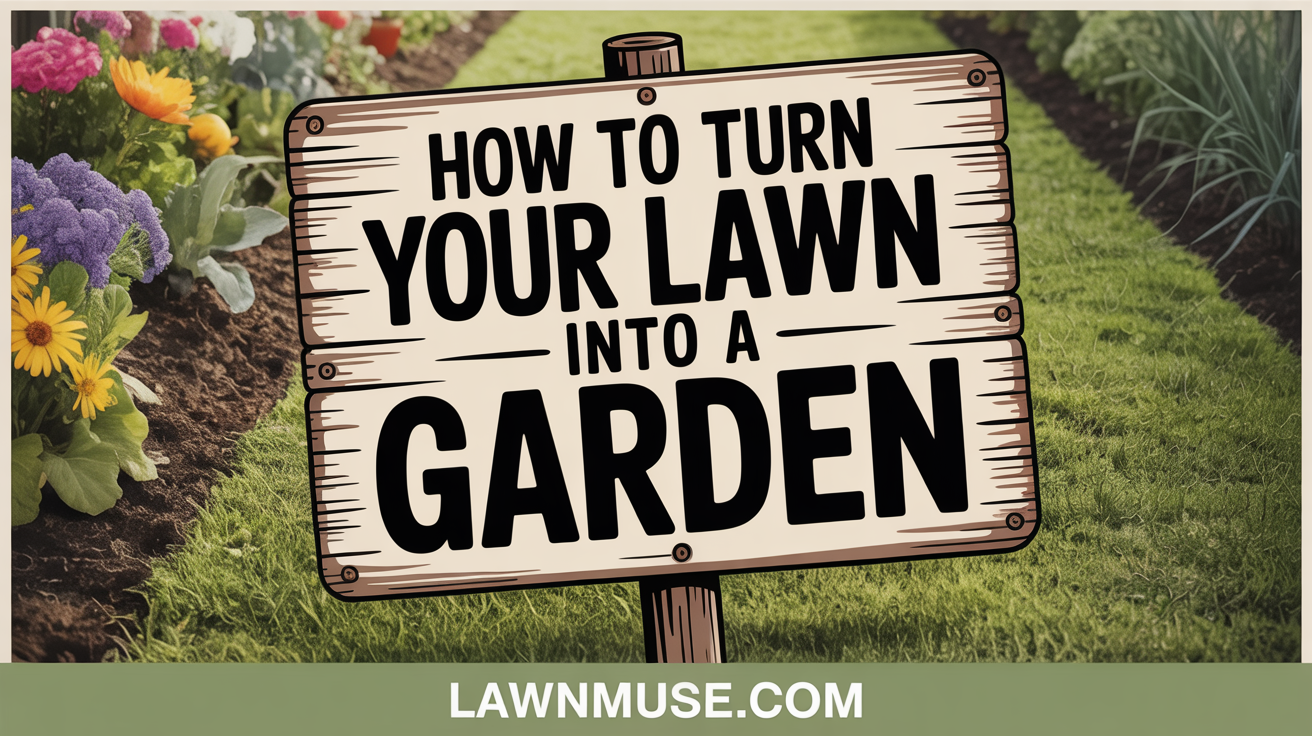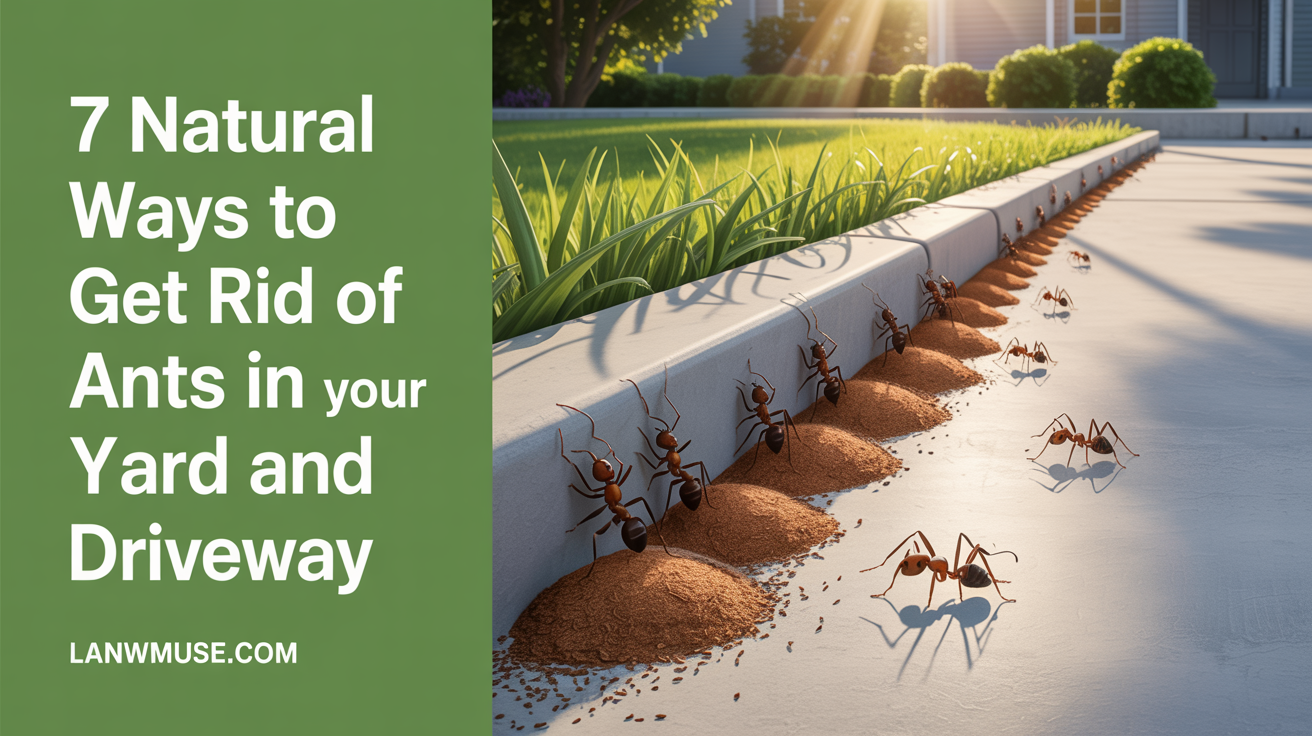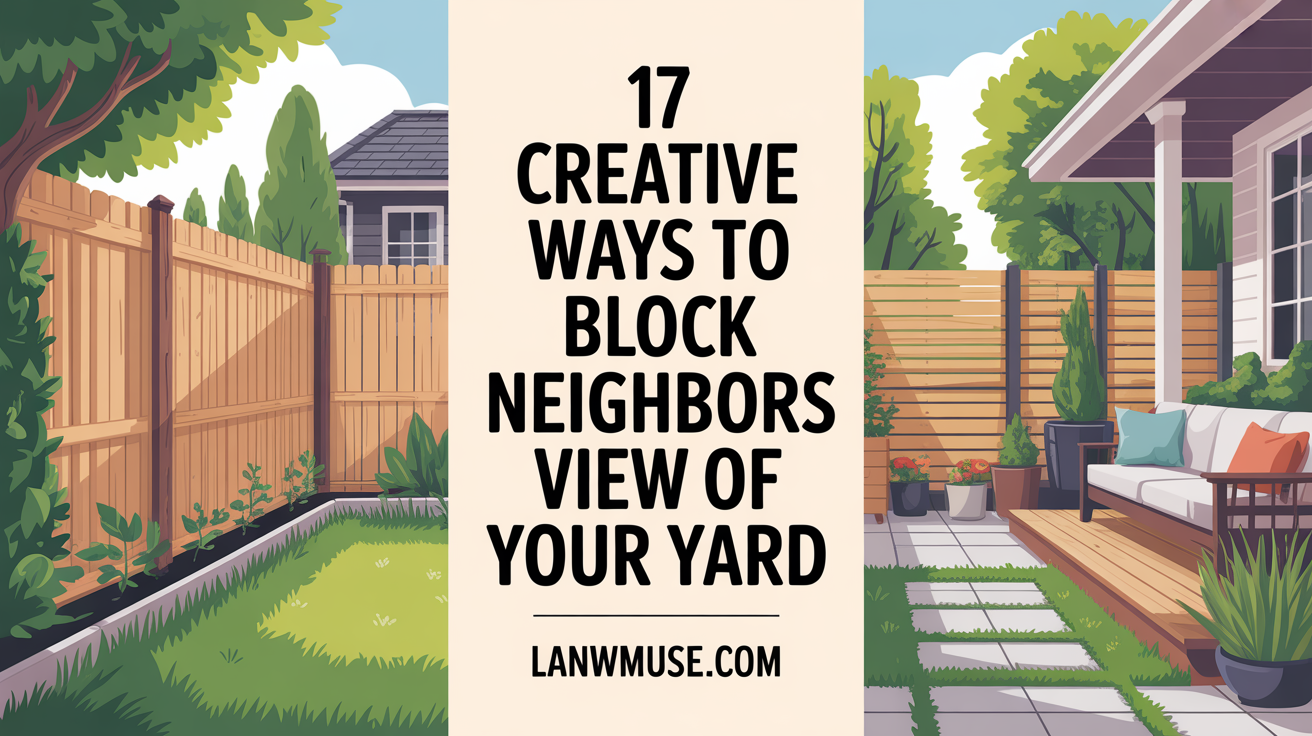Your backyard should be a place to relax, entertain, and enjoy nature. Whether it’s a small city garden or a spacious outdoor retreat, a well-designed backyard can greatly enhance your lifestyle. A few thoughtful landscaping ideas can transform a dull and underused space into an oasis that suits your style and needs. Landscaping isn’t just about planting flowers and shrubs; it’s about creating a harmonious environment that balances beauty, function, and sustainability. From incorporating natural elements to using lighting for ambiance, there are endless ways to spruce up your backyard.
This guide offers 15 landscaping ideas that can work for any backyard, whether you’re looking for a low-maintenance garden or a space for hosting friends and family. These ideas will help you make the most out of your outdoor area and turn it into a welcoming, functional space. Let’s dive into the world of landscaping and discover how small changes can have a big impact.
1. Create a Focal Point
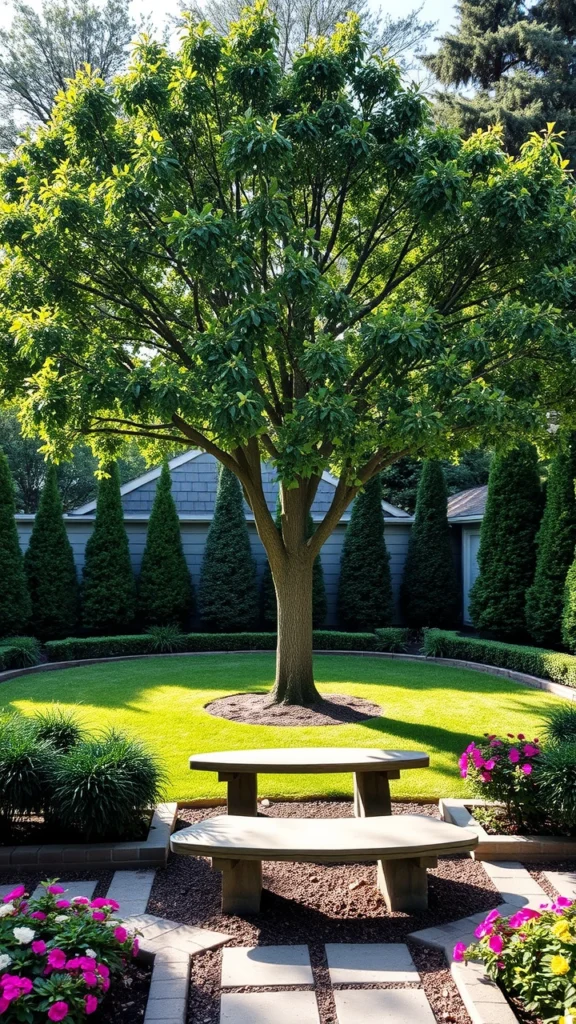
A focal point serves as the centerpiece of your backyard. It can be a beautifully shaped tree, a water feature, or a striking statue that draws the eye and sets the tone for the rest of the space. When choosing a focal point, think about what reflects your personal style and what will complement the existing features in your yard. A large ornamental tree can add height and interest, while a stone fountain introduces a serene, calming element. Be sure to place the focal point where it can be viewed from key areas, like the seating space or patio. This creates a sense of balance and guides the eye through the space, making the entire yard feel thoughtfully designed.
2. Incorporate Native Plants
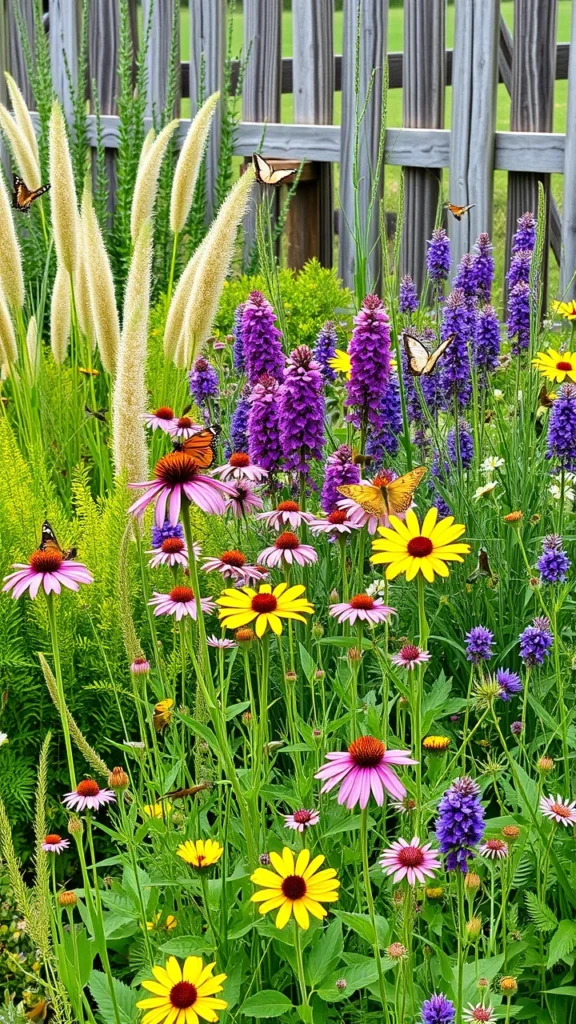
Native plants are well-suited to the local climate and soil, making them low-maintenance and drought-resistant. They naturally support local wildlife, like bees and butterflies, and reduce the need for excessive watering or chemical fertilizers. Research plants native to your region and select a variety that offers color and texture throughout the year. Native plants often thrive without the need for special care, so you can enjoy a beautiful garden without constant upkeep. By using native plants, you create a more sustainable and eco-friendly yard while enhancing its natural beauty.
3. Add Outdoor Lighting
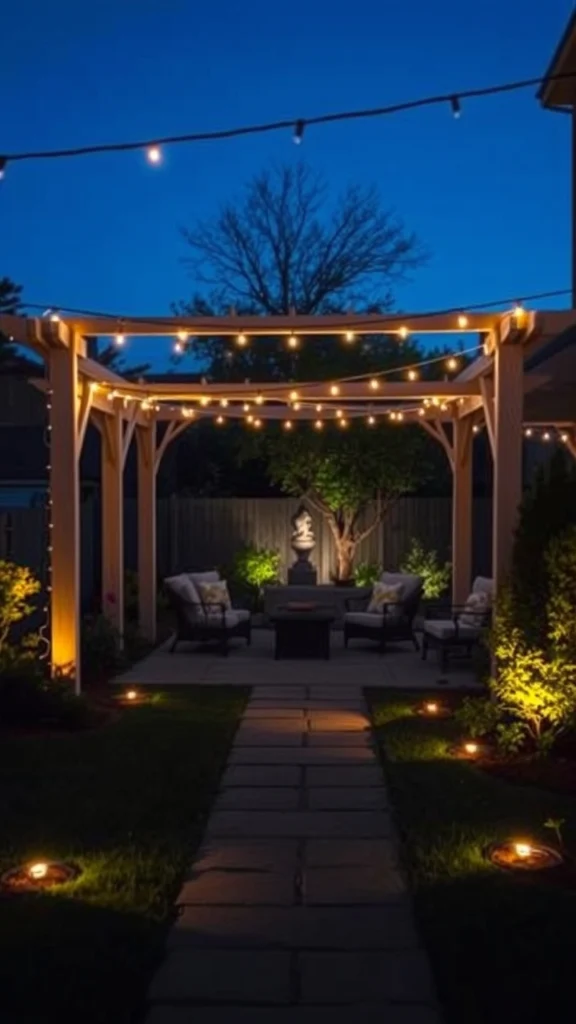
Outdoor lighting is an easy way to add warmth, safety, and ambiance to your backyard. Pathway lights, string lights, or spotlights can be strategically placed to highlight key features like trees, sculptures, or garden beds. Lighting also extends the usability of your outdoor space into the evening, allowing you to enjoy your yard long after the sun sets. Soft, warm lighting creates a cozy atmosphere perfect for outdoor gatherings, while also improving safety by illuminating pathways and dark corners. Choose solar-powered or low-voltage lighting for energy efficiency and ease of installation.
4. Install a Fire Pit or Fireplace
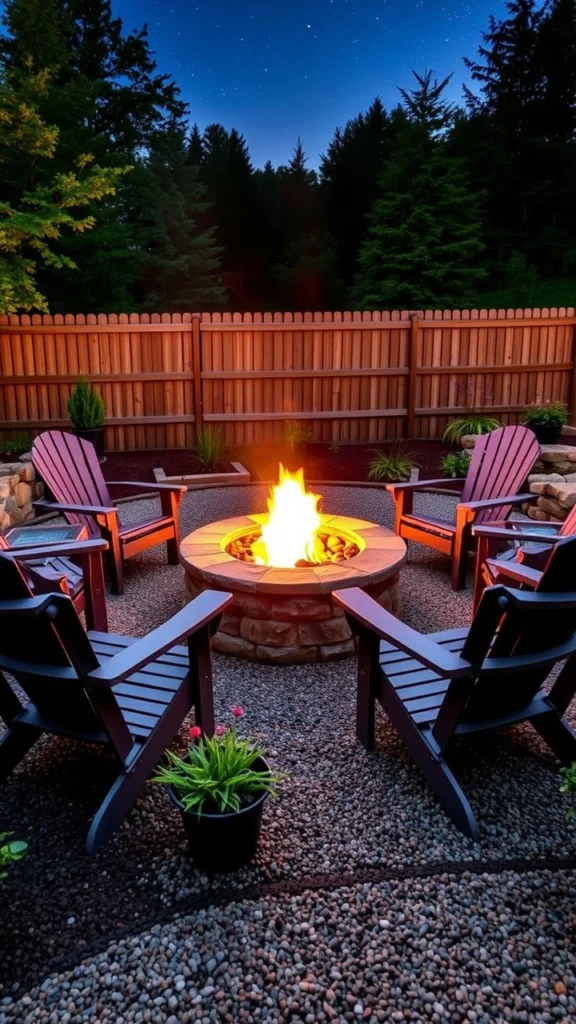
A fire pit or fireplace creates a natural gathering spot and adds warmth to your backyard. It’s an ideal addition for evening relaxation or entertaining guests. Choose a stone or metal fire pit, depending on your space and aesthetic preferences. Place it in the center of a seating area with comfortable chairs or benches around it, making it a focal point for socializing. Fire pits are great for roasting marshmallows, enjoying the warmth on a cool evening, or just watching the flickering flames. They add a cozy, inviting element to any outdoor space.
5. Build a Raised Garden Bed

Raised garden beds are an excellent way to grow plants, especially in areas with poor soil or limited space. They allow for better drainage, reduce soil compaction, and can help extend the growing season. You can plant vegetables, flowers, or herbs in these beds, depending on your needs. Raised beds also add structure and texture to your yard and are easier to maintain than traditional ground-level gardens. Use durable materials like wood, stone, or metal to build the beds, and make sure they are elevated enough to reduce bending while tending to plants.
6. Add a Water Feature
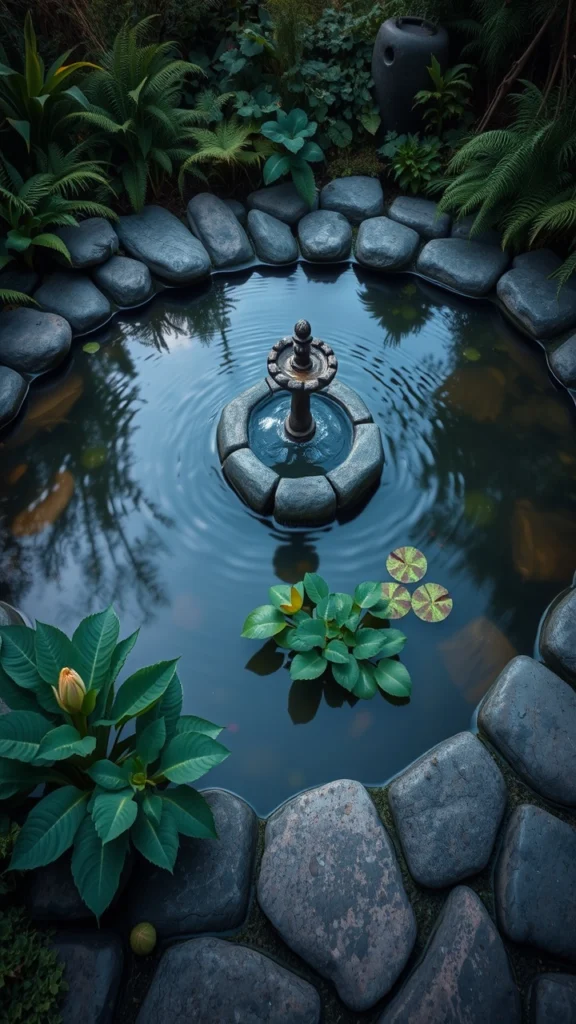
Water features, like fountains, ponds, or streams, bring a peaceful, natural element to your backyard. The sound of running water can be incredibly calming, and these features can serve as an attractive focal point. If space allows, a pond with aquatic plants can add depth and interest to your yard, while a simple fountain can be placed in a corner to provide soothing sounds. Be sure to maintain water features to prevent stagnation or the growth of algae, and add fish or plants for an extra layer of beauty.
7. Create Outdoor Rooms
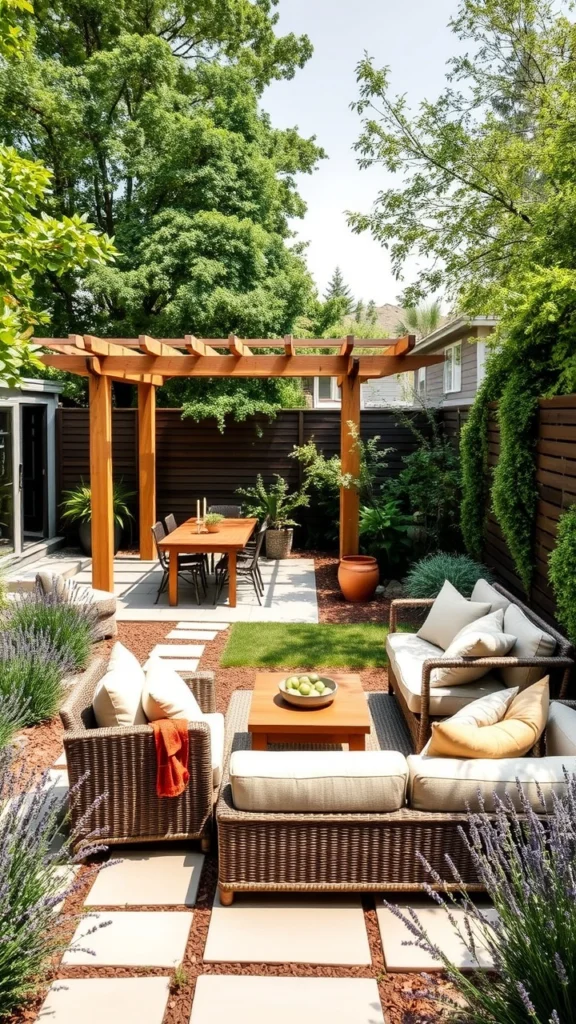
Turning your backyard into distinct outdoor “rooms” can help define spaces and make your yard feel more like an extension of your home. Create a cozy dining area with a table and chairs, or set up a lounge space with a few comfortable sofas or chairs. You can use landscaping elements like hedges, trellises, or fences to create boundaries and separate the rooms. Add rugs, cushions, and lighting to enhance the comfort and function of each space, making it a place where you can enjoy different activities throughout the day.
8. Add Privacy with Hedges or Fencing
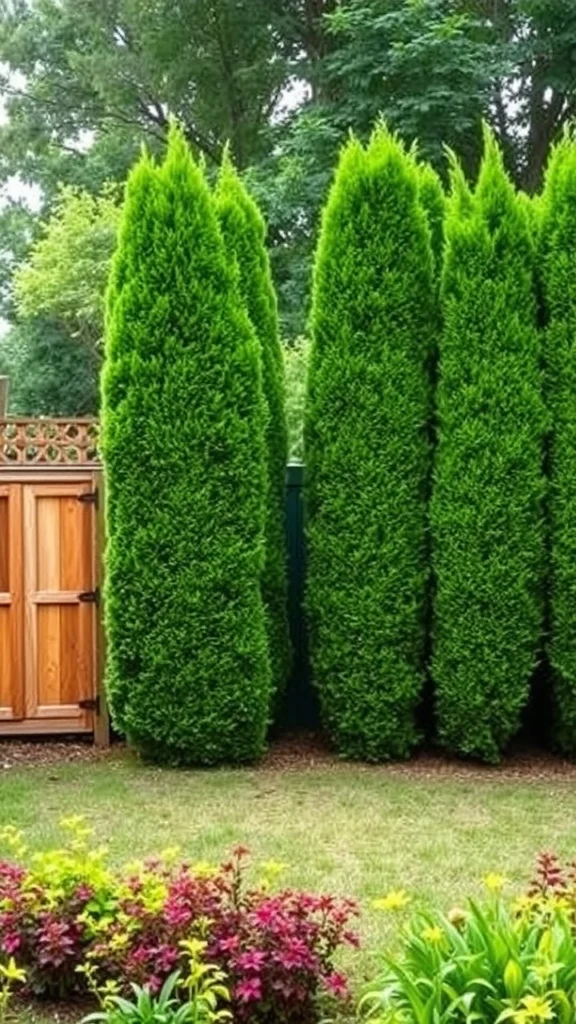
Privacy is key to making your backyard a peaceful retreat. Tall hedges, fences, or privacy screens can help block out noise and neighbors, giving you a more secluded space. You can plant evergreen shrubs or trees along the perimeter of your yard to create a natural privacy screen. Alternatively, a wooden or metal fence provides both privacy and a clean, finished look. The added privacy not only makes your yard more enjoyable but also increases your sense of security.
9. Create a Pathway
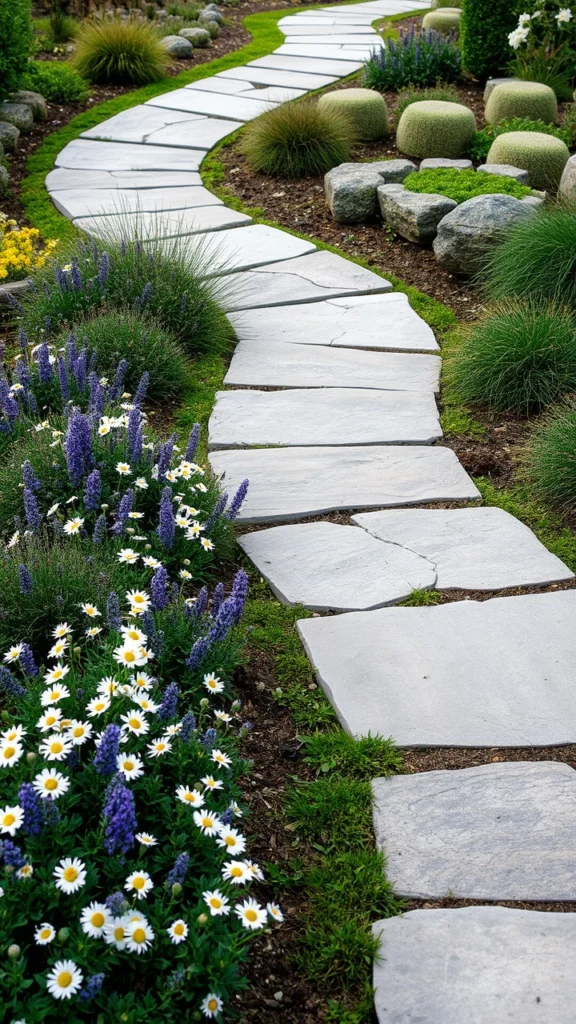
A well-designed pathway can add structure and flow to your garden while guiding visitors through your space. Choose materials that complement your style and the existing landscape, such as stone, brick, or gravel. Pathways can be straight or winding, depending on your preference. They can lead to a garden, seating area, or focal point, helping to define the layout of your yard. Pathways also make it easier to navigate your garden, especially if you have flower beds or areas with uneven terrain.
10. Add a Pergola or Gazebo
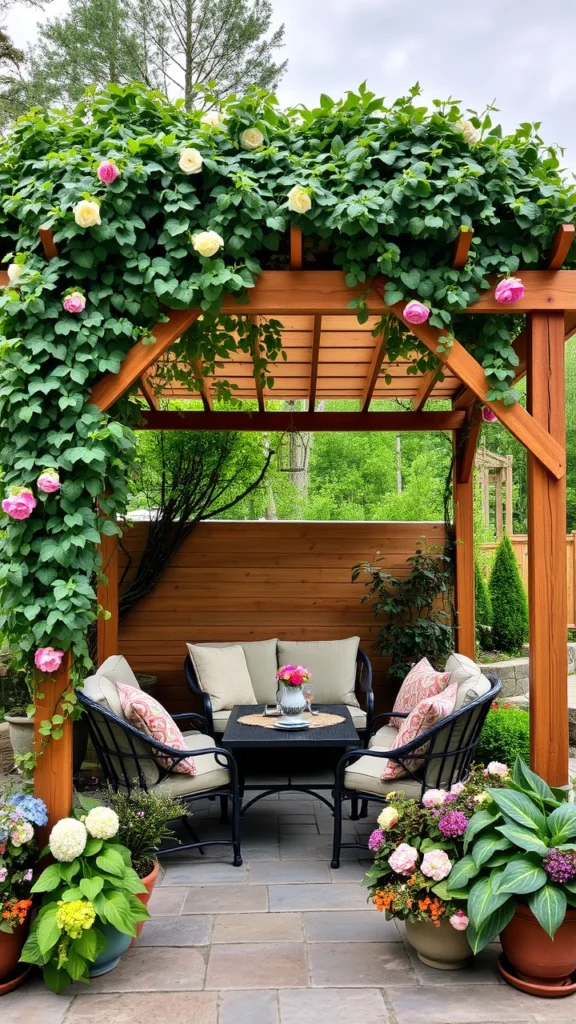
A pergola or gazebo adds height and structure to your backyard, creating a designated space for relaxing or entertaining. These structures provide shade and shelter, making them ideal for hot days or rainy afternoons. You can grow climbing plants like wisteria or roses on a pergola to create a natural canopy. Add seating beneath it to create a cozy retreat. A gazebo can serve as a peaceful spot to read or relax, while also serving as an elegant focal point in your backyard.
11. Create a Vegetable Garden
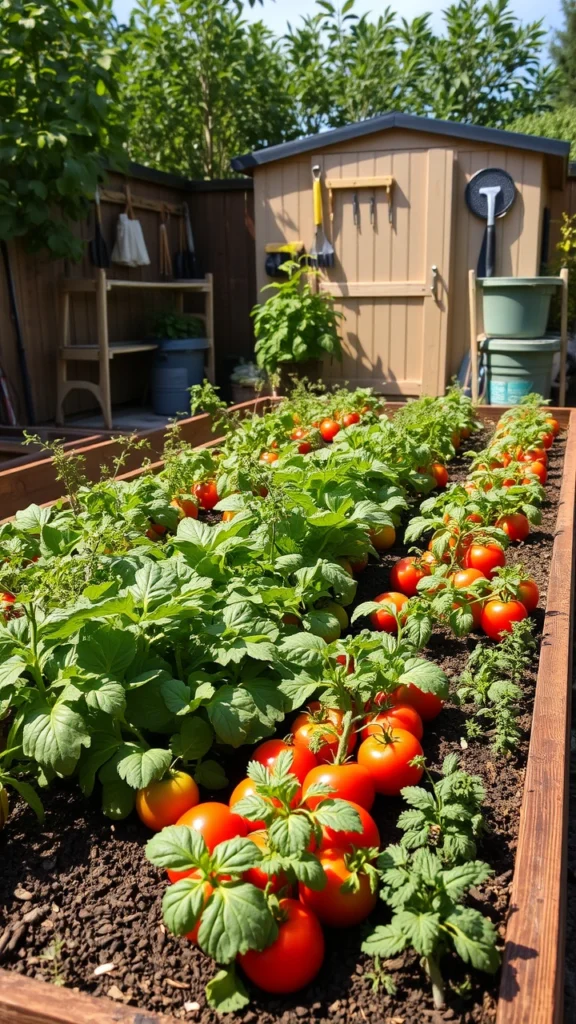
Growing your own food is both rewarding and practical. A vegetable garden allows you to enjoy fresh, homegrown produce throughout the season. Choose a sunny spot and plan your garden according to the vegetables you love to eat. Start with easy-to-grow plants like tomatoes, herbs, or leafy greens, and expand as you gain confidence. Raised beds or containers are great options for small yards or urban spaces, making gardening more accessible to everyone.
12. Use Mulch to Enhance Plant Growth
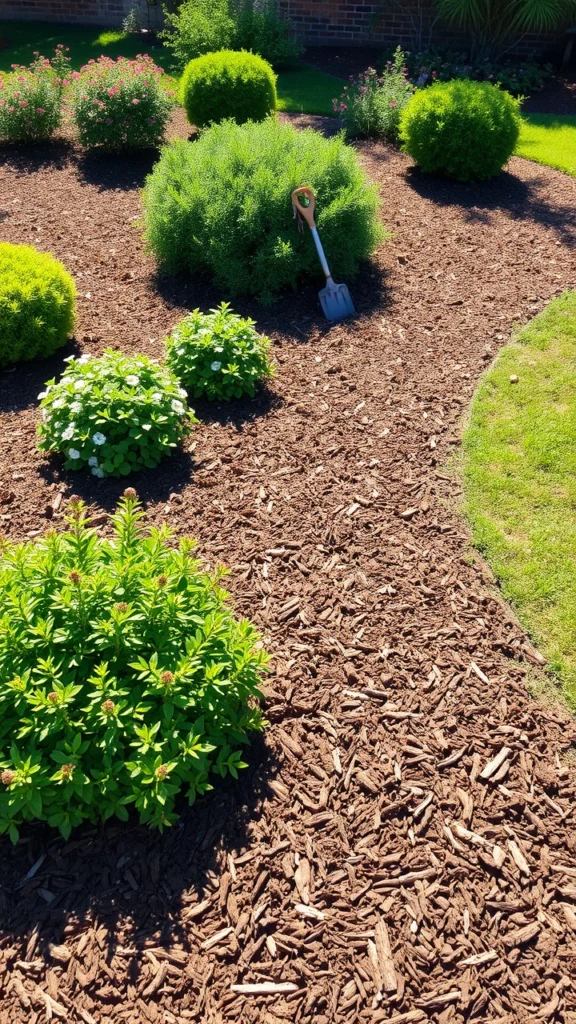
Mulch is an essential element for healthy plants and can greatly improve the appearance of your garden. It helps retain moisture, suppresses weeds, and improves soil quality by breaking down over time. Apply a 2–3 inch layer of organic mulch around your plants, ensuring it doesn’t touch the stems or trunks. Mulch also gives your garden a neat, finished look and helps create contrast between plants, making the colors of flowers and leaves stand out more.
13. Install a Deck or Patio
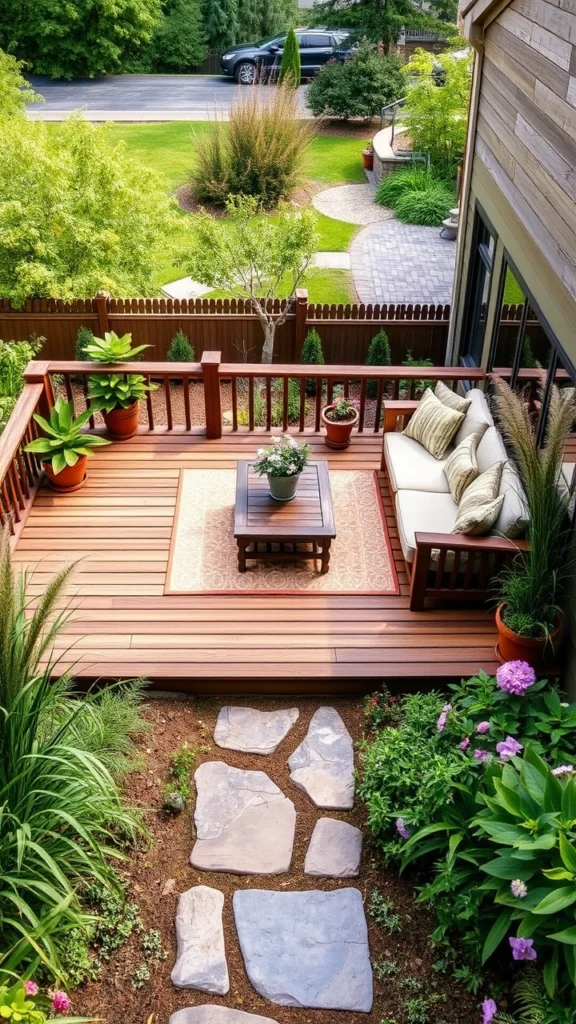
A deck or patio can extend your living space into the outdoors. Whether you prefer wood or stone, a well-constructed deck or patio provides a solid, comfortable surface for dining, lounging, or entertaining. Surround it with plants or privacy screens to create a cozy atmosphere. Add outdoor furniture, a table, and cushions to make it functional and inviting. A deck or patio can become your go-to outdoor space for family meals, gatherings, or simply enjoying the fresh air.
14. Use Containers for Flexibility
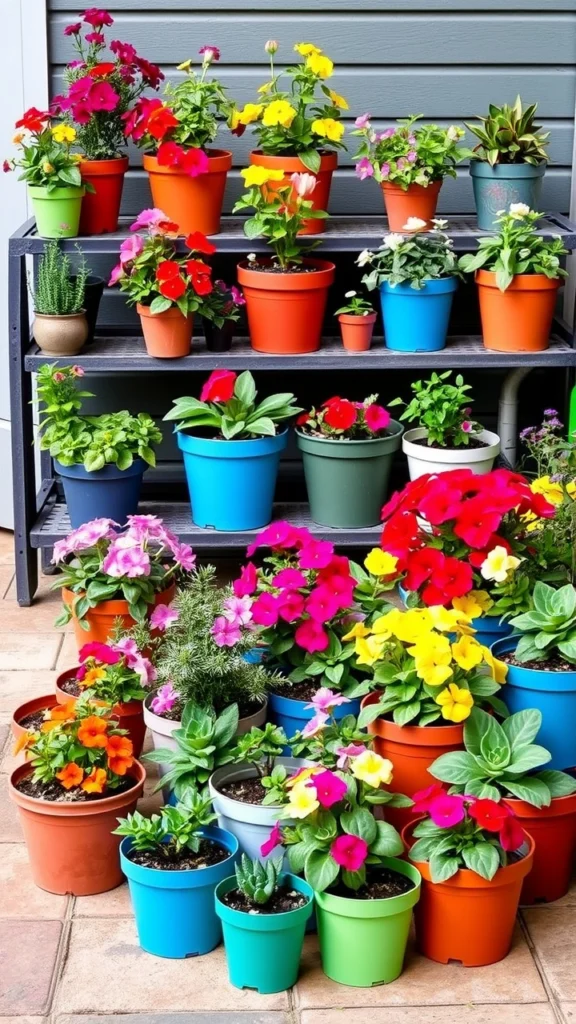
Containers are perfect for adding color and variety to your backyard without the commitment of planting directly in the ground. They allow you to move plants around as needed and experiment with different arrangements. Use pots, urns, or hanging baskets for flowers, herbs, or small shrubs. Containers are also great for growing plants in small spaces, such as balconies or patios. Choose containers that complement your backyard’s style and make sure they have proper drainage to keep plants healthy.
15. Add Seasonal Plants
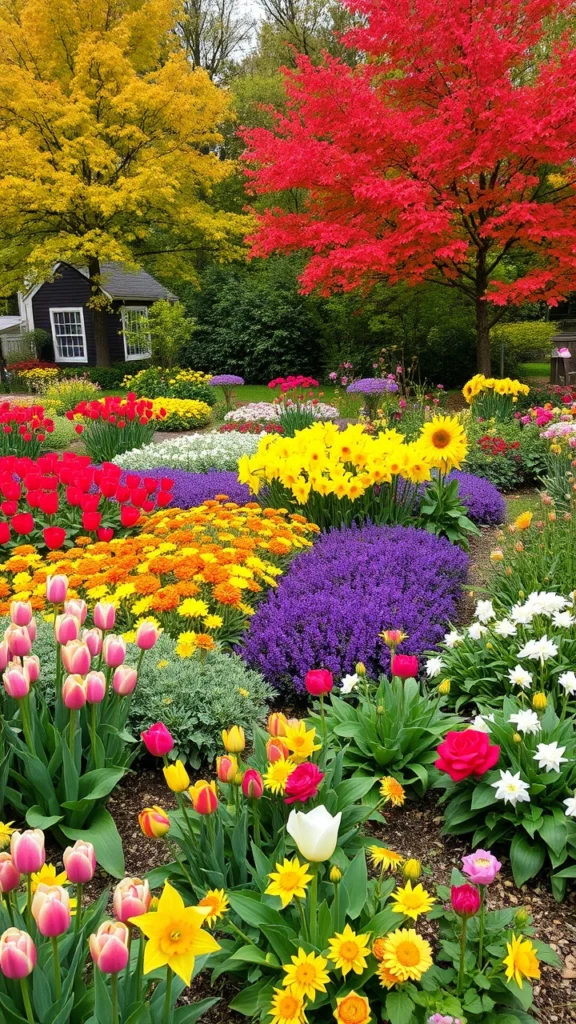
Seasonal plants bring changing colors and textures to your garden throughout the year. By choosing plants that bloom in different seasons, you can ensure your backyard looks vibrant year-round. In the spring, plant tulips or daffodils, while in the summer, fill your garden with bright sunflowers or geraniums. In the fall, asters and chrysanthemums bring warmth to the yard, and in the winter, evergreen shrubs and trees keep the landscape looking fresh. Seasonal plants allow you to enjoy your backyard in all its glory, no matter the time of year.

